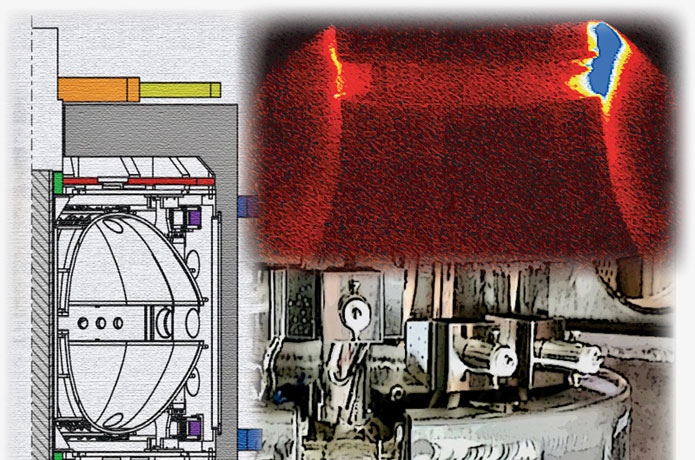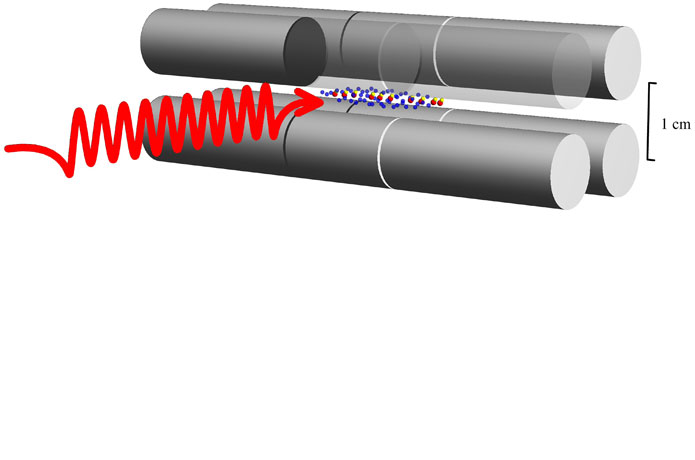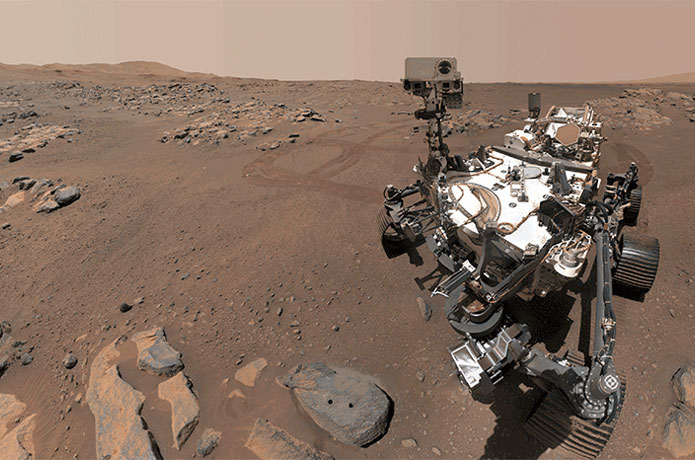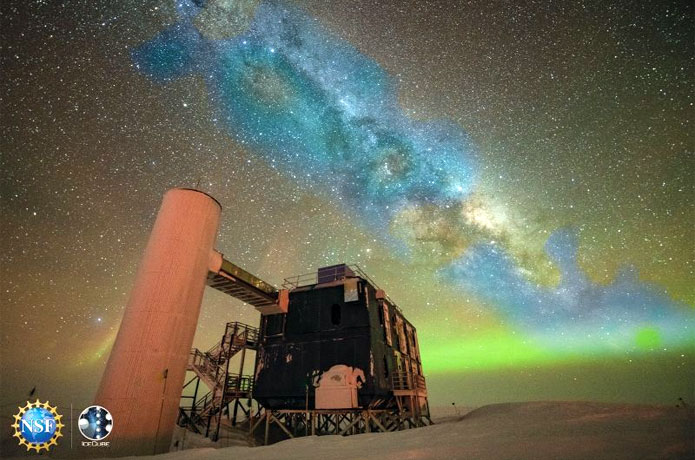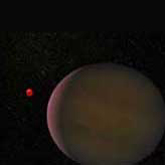Ancient Planet
- by NASA Marshall Space Flight Center and ScienceIQ.com
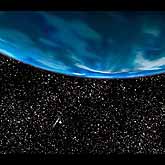 Long before our Sun and Earth ever existed, a Jupiter-sized planet formed around a sun-like star. Now, almost 13 billion years later, NASA's Hubble Space Telescope has precisely measured the mass of this farthest and oldest known planet. The ancient planet has had a remarkable history, because it has wound up in an unlikely, rough neighborhood. It orbits a peculiar pair of burned-out stars in the crowded core of a globular star cluster. The new Hubble findings close a decade of speculation and debate as to the true nature of this ancient world, which takes a century to complete each orbit. The planet is 2.5 times the mass of Jupiter. Its very existence provides tantalizing evidence the first planets were formed rapidly, within a billion years of the Big Bang, leading astronomers to conclude planets may be very abundant in the universe.
Long before our Sun and Earth ever existed, a Jupiter-sized planet formed around a sun-like star. Now, almost 13 billion years later, NASA's Hubble Space Telescope has precisely measured the mass of this farthest and oldest known planet. The ancient planet has had a remarkable history, because it has wound up in an unlikely, rough neighborhood. It orbits a peculiar pair of burned-out stars in the crowded core of a globular star cluster. The new Hubble findings close a decade of speculation and debate as to the true nature of this ancient world, which takes a century to complete each orbit. The planet is 2.5 times the mass of Jupiter. Its very existence provides tantalizing evidence the first planets were formed rapidly, within a billion years of the Big Bang, leading astronomers to conclude planets may be very abundant in the universe.
The planet lies near the core of the ancient globular star cluster M4, located 5,600 light-years away in the northern-summer constellation Scorpius. Globular clusters are deficient in heavier elements, because they formed so early in the universe that heavier elements had not been cooked up in abundance in the nuclear furnaces of stars. Some astronomers have therefore argued that globular clusters cannot contain planets, because planets are often made of such elements. This conclusion was seemingly bolstered in 1999 when Hubble failed to find close-orbiting 'hot Jupiter'-type planets around the stars of the globular cluster 47 Tucanae. Now, it seems astronomers were just looking in the wrong place, and gas-giant worlds, orbiting at greater distances from their stars, could be common in globular clusters.
The story of this planet's discovery began in 1988, when the pulsar, called PSR B1620-26, was discovered in M4. It is a neutron star spinning just under 100 times per second and emitting regular radio pulses like a lighthouse beam. The white dwarf was quickly found through its effect on the clock-like pulsar, as the two stars orbited each other twice per year. Sometime later, astronomers noticed further irregularities in the pulsar that implied a third object was orbiting the others. This new object was suspected to be a planet, but it also could have been a brown dwarf or a low-mass star. Debate over its true identity continued through the 1990s. A 13-billion year old planet orbiting a pair of long-dead stars in a crowded globular cluster: even for the Hubble Space Telescope, that's amazing!

